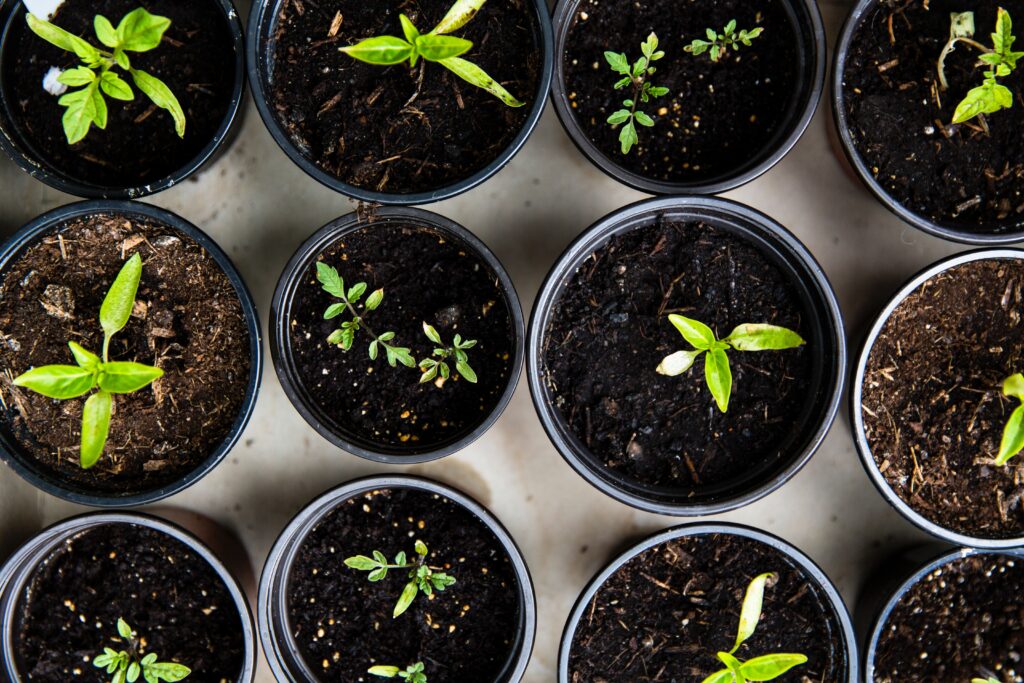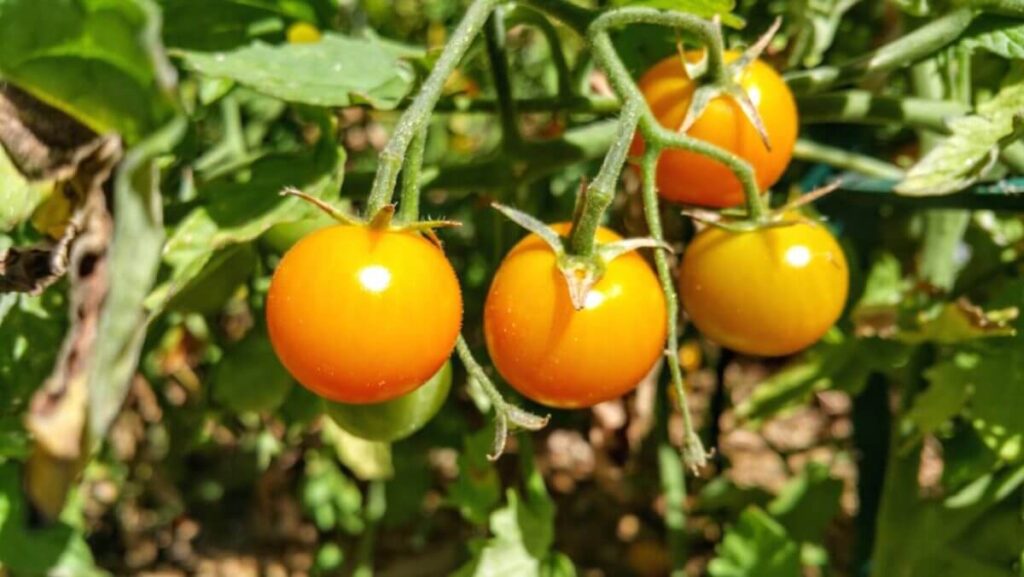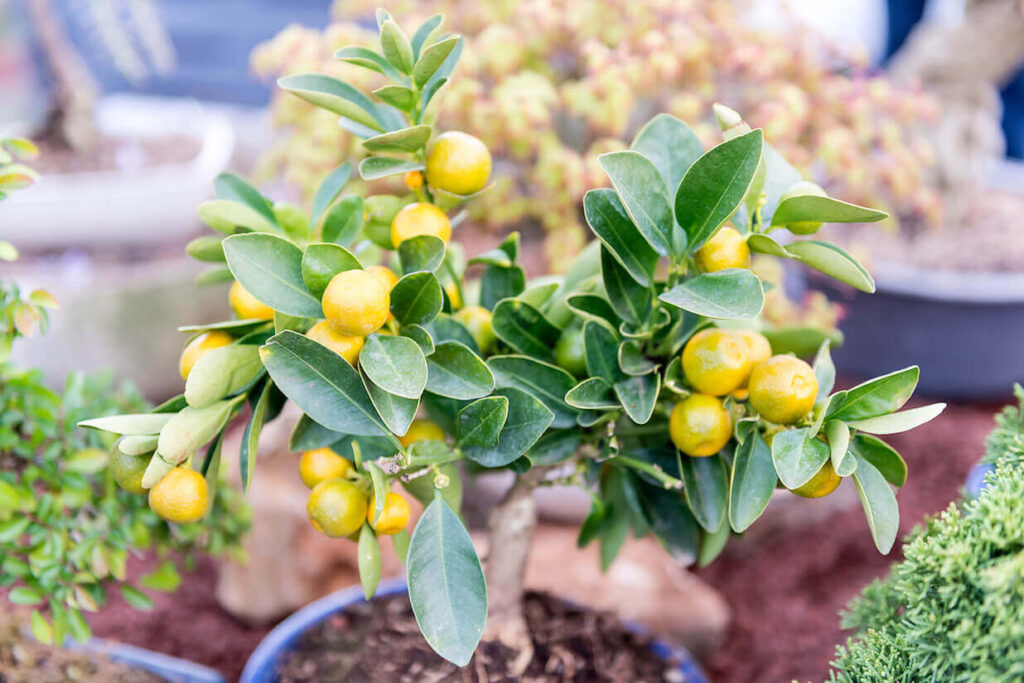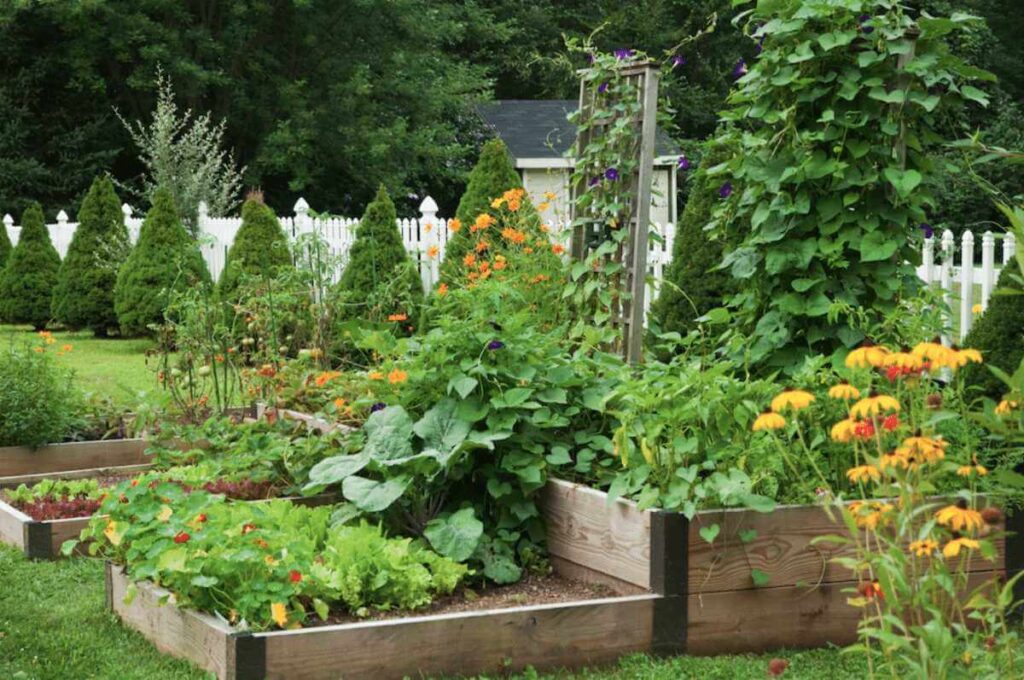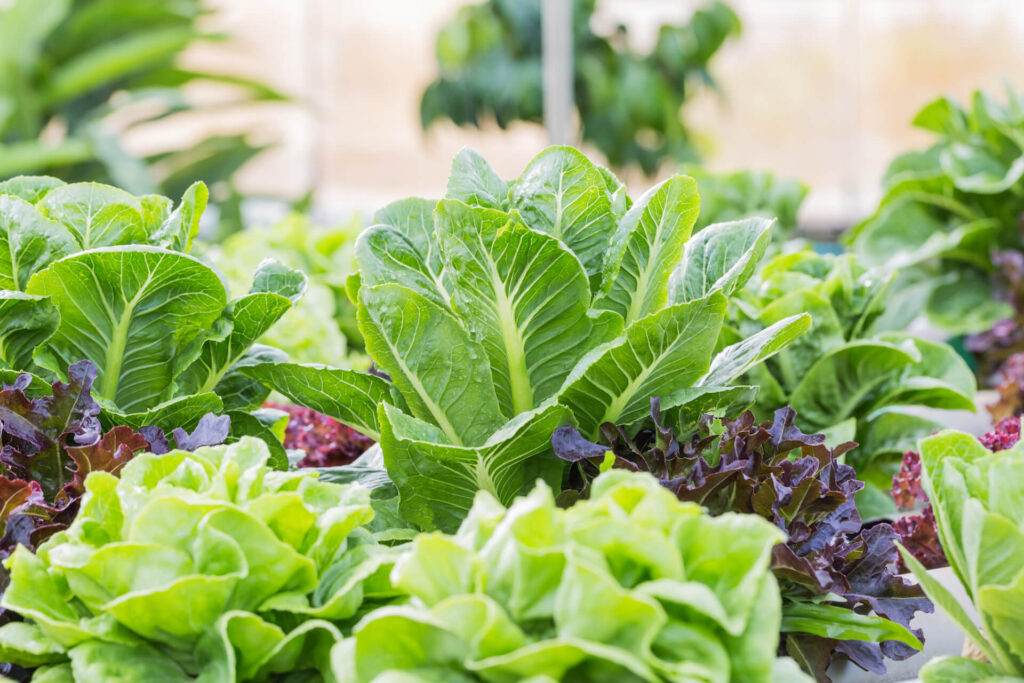We hope your vegetable gardens were productive this year! If they weren’t, we don’t doubt that you have plenty of vegetables. While we all want to extend the growing season and increase our harvests as much as possible, many of us still long for fresh homegrown produce after the season is over. Pickling vegetables can add variety to your crops and give your fresh produce more shelf life throughout the year. These pickling vegetables pack a sweet and tart punch and go beyond the cucumber pickle!
Asparagus
You can replace traditional cucumber pickles with a treat that preserves the textural integrity, crispness and tenderness of cucumbers while also gaining a sweet, tangy flavor profile.
It is one of our most popular pickling vegetables because it can be used in many different ways, including:
- Salad topping
- Pairing of appetizers to make a beautiful platter of crudites
- Standalone crunchy snack
- You can substitute traditional pickles for burgers
- Pair heat with kielbasa and pork chops for an unexpected side dish
Beets
Take your crop from the garden to the jar so you can enjoy these vibrant, vitamin-packed vegetables throughout the year. Beets are high in fiber and rich in essential nutrients like folate, manganese and potassium. They also help to lower blood pressure and aid in digestion.
Here are some tips to help you choose the best beets suitable for pickling:
- Young, mature beets should be harvested
- Large beets may be too hard and unappetizing to be eaten in pickled form.
- The most robust flavors and vibrant juices are found in the deep red or golden beet varieties, while the pickled beets are more tender.
Carrots
Pickling carrots takes them to the next level, and is a great way to preserve your carrot harvest, and create a homegrown supply. Carrots can be beneficial for your health because they are known to improve eyesight, weight loss, digestion, heart health, immunity, and lower blood pressure.
These are some ways to incorporate pickled carrots in your diet:
- A pickled carrot can be paired with a deli sandwich to replace the traditional pickle accompaniment.
- To accent a bowl of ramen, make ginger pickled carrots.
- Serve a spicy batch with pulled pork or barbecue.
- For some extra zest, add pickled carrots into salads
- You can eat them straight from the jar as a snack.
- You can add them to a cheese platter or charcuterie board.
Cauliflower
Pickled cauliflower is a great snack that’s healthy and delicious. It can also be eaten as an appetizer. Pickled cauliflower is great as a side dish or as a salad topping.
Garlic
Although it may sound strange, pickled garlic is quite delicious. Pickled garlic, unlike its raw counterpart is mild and sweet and can be used in many different ways. Garlic is a top pickling vegetable because of its many health benefits and versatility in the kitchen.
Here’s how to use pickled Garlic in your dishes:
- Try it as an accompaniment to a cheese tray or charcuterie board.
- To give it a unique taste, saute it with vegetables.
- Add to pasta salads.
- Use it as a condiment for burgers or deli sandwiches.
- It can be used to make garlic bread.
- Pickled garlic will enhance the flavor of your seafood and meat.
Green Beans
It’s easy to add great flavor to every bean without compromising its crisp crunch. Pickled green beans are a favorite in salads, and we can’t resist eating them straight from the jar. Pickling them with garlic will give them a deeper flavor.
Jalapenos
Do you want a great topping for sandwiches, burgers or pizzas? Pickled jalapenos are a great way to elevate any dish. You can personalize your pickling recipe with the addition of spices.
These are some ways to add new flavor to pickled jalapenos:
- Honey
- Cumin seeds
- Oregano
- Basil
- Mustard seed
- Coriander
- Ginger
- Allspice
- Chili Flakes
Okra
Consider using homegrown okra as a twist on your typical cucumber pickle. Pickled okra is delicious straight from the jar. It can also be used as a substitute for traditional pickles in sandwiches, burgers, and other dishes that require a crunchy, tangy bite.
Onions
Pickled onions may be our most versatile pickled vegetable. Pickled onions are simple to preserve for months and easy to pickle.
We guarantee you will go to your pickled onions jar regularly to add a little more zing to it:
- Roast beef
- Steaks
- Sandwiches
- Salads
- Seafood
- Tacos
- Salads (pasta, traditional mixed greens)
Peppers
Peter Piper claims to be the only person who can pick pickled peppers. Peter must have known something as peppers rank high on our list for pickling vegetables! Pickled peppers can be used for snacking, adding flavor and color to sandwiches and nachos, or as a great addition to classic cold bean salads.
Radishes
Pickled radishes can elevate the quality of your food at your next barbecue or appetizer party by adding them to the mix. This high-performing, fast-growing vegetable is a great succession crop to grow all through the growing season to make a robust harvest. Plus, radishes are immune-boosting and help to detoxify the body by reducing free radicals. Radishes can easily be substituted for traditional pickled cucumbers for an unexpected culinary delight.
Tomatoes
Pickling tomatoes are a combination of the traditional tomato slice and the pickle. They make a great addition to sandwiches and burgers. You can also dice them and add them to pasta, house salads and fish taco toppings. Suppose you have a lot of green tomatoes at the end. Pickling green tomatoes can be a great way to preserve and process the harvest.
Turnips
Turnips are last but not least on our list. Turnips may seem like an acquired taste but they have many health benefits. Turnips are low in calories and high in fiber, as well as vitamin C. They can also improve your digestive health and cardiovascular health. A popular choice in Middle Eastern cuisine, beets can often be paired with turnips in the jar to give them a deep pink color. You can add them to falafels, or use them in other dishes!
